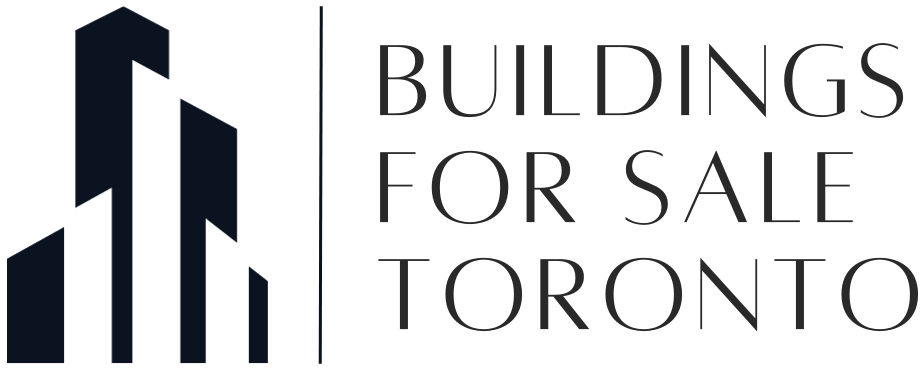What is turnover? How do you capture the cost?

According to the National Apartment Association, Turnover measures how many apartment units had residents move out during a 12-month period, shown as a percentage of the total rented units in the building. Essentially, it indicates the percentage of tenants who choose not to renew their leases.
For property managers and landlords, the tenant turnover rate is a crucial metric for planning their budget in advance. You can easily find your turnover rate by dividing the number of tenants who moved out in a year by the total number of tenants you had during that time.

This rate helps property managers estimate how many leases are likely to change each year, allowing them to plan and budget for renovations. It also gives insights into potential rent increases, helping them make informed decisions about their property’s financial outlook.
For example, A residential building has a total of 120 units and all occupied throughout the year of 2022 and the number of moveouts at the end of the year is 20. We simply calculate Turnover Rate using the illustration above. The calculation resulted with a 16% Turnover Rate.

Practical Steps for Long-Term Tenancies to Reduce Turnover:
If you’re grappling with a high turnover rate and eager to cut down on associated costs, consider implementing these effective strategies. Each approach has proven successful, and depending on your property type, one may be more suitable for your situation than the others.
- Rigorous Tenant Screening:
Enhance your tenant screening process to minimize turnover. Engage a trustworthy tenant screening service to guide you in identifying ideal applicants. Opting for tenants with a track record of property upkeep can significantly decrease repair expenses. Additionally, selecting tenants with a propensity for longer stays contributes to lowering turnover rates and associated costs.
- Enhance Lease Agreements:
Acknowledge that turnover is inevitable, but you can mitigate its financial impact by refining your lease agreements. Clearly outline terms related to move-out cleaning fees, security deposits, damages, and other potential expenses. Informing tenants about these details empowers them to return the property in good condition, ultimately saving you money during turnovers.
- Cultivate Relationships and Encourage Renewals:
Building positive relationships with tenants fosters a sense of home, increasing the likelihood they’ll want to stay longer. Establish trust by demonstrating a genuine concern for their well-being. Keep open lines of communication about lease renewals, incorporating regular conversations into your management process. Consider offering reduced administrative rates for lease renewals to incentivize tenants to stay for extended periods.
By combining these strategies, you can create a tenant-centric approach that not only reduces turnover rates but also enhances the overall stability and profitability of your property management endeavors.
